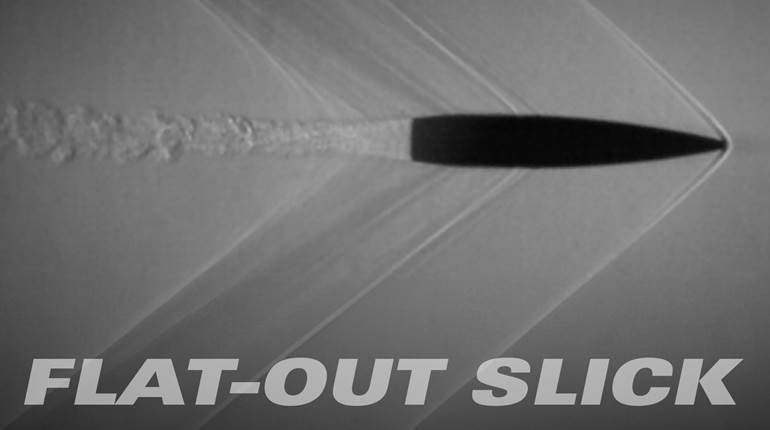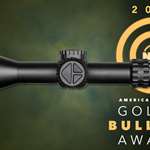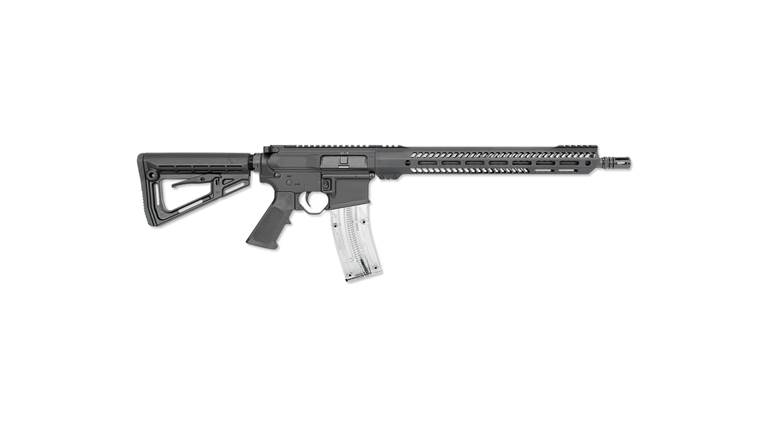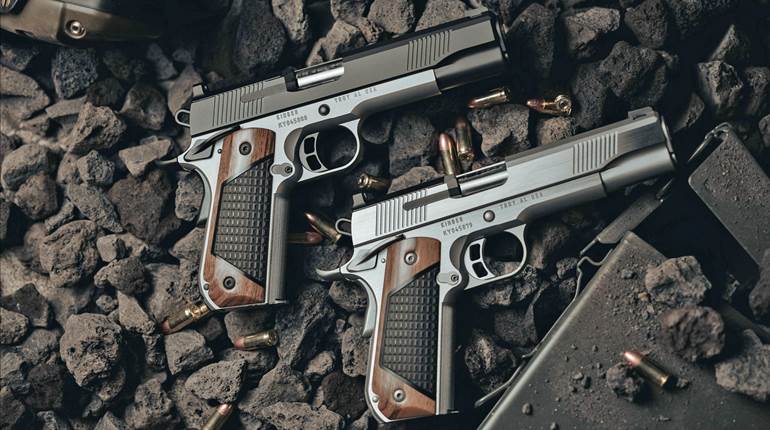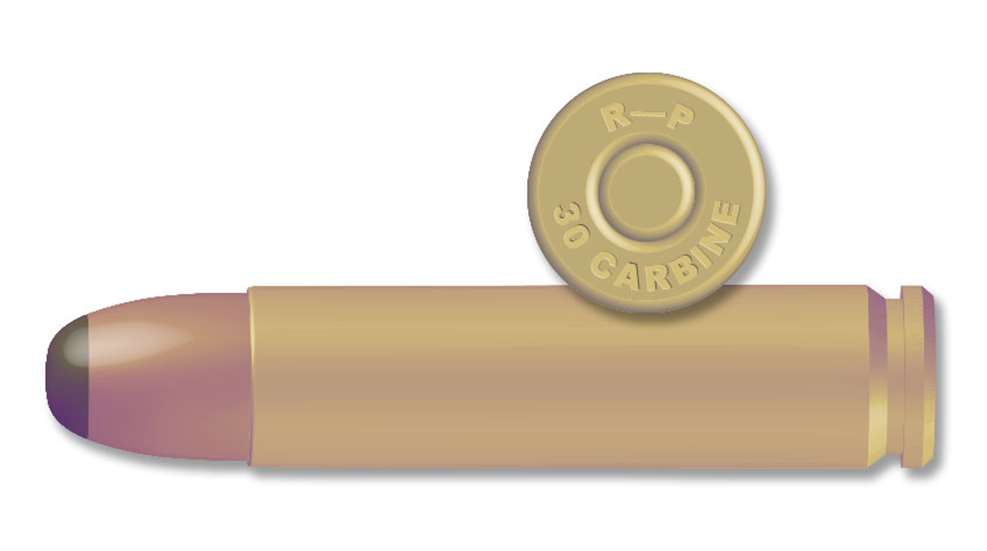
When my wife Gail and I were dating, I was pleased to discover that her father owned an Underwood M1 carbine and plenty of World War II surplus ammunition for it. By the time we married, I had seriously reduced that supply by plinking away at targets, cans and pinecones. Back then, surplus .30 Carbine ammunition was inexpensive and plentiful, but the bulk of it has since been shot to feed the 6.2 million carbines produced for the U.S. military during World War II. Commercial .30 Carbine ammunition is expensive, and because shooting an M1 carbine is so much fun, handloading is the answer to reducing costs.
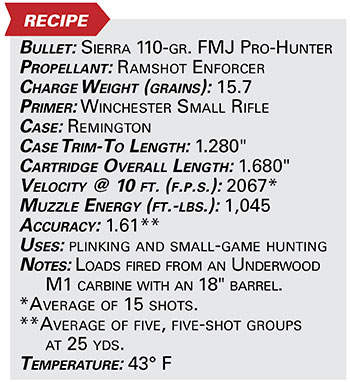 The standard .30 Carbine bullet is a 110-gr. round nose. Weight can be varied some, but not the round nose. The Underwood carbine was manufactured in 1942, and has a smooth cartridge feed ramp, but flat or exposed-lead-nose bullets catch on the ramp and jam the closing bolt.
The standard .30 Carbine bullet is a 110-gr. round nose. Weight can be varied some, but not the round nose. The Underwood carbine was manufactured in 1942, and has a smooth cartridge feed ramp, but flat or exposed-lead-nose bullets catch on the ramp and jam the closing bolt.
Propellant charges toward the maximum help to ensure that cartridges feed and cases fully eject. Hodgdon 110 is a standard propellant for handloading the .30 Carbine, and it produces some of the highest velocities with 110-gr. bullets. Lil’Gun and 2400 are also good choices. I loaded 15.7 grs. of Ramshot Enforcer and Sierra 110-gr. FMJ Pro-Hunter bullets to achieve 2067 f.p.s. from the Underwood’s 18" barrel, managing a 1.61" average at 25 yds. While I had my chronograph out, I also fired five rounds from my remaining store of surplus cartridges. Velocity for the surplus ammunition averaged 1919 f.p.s., with a 71-f.p.s. extreme spread of velocity over the five shots—pretty good performance for ammunition and an M1 carbine approaching their 80th year.












